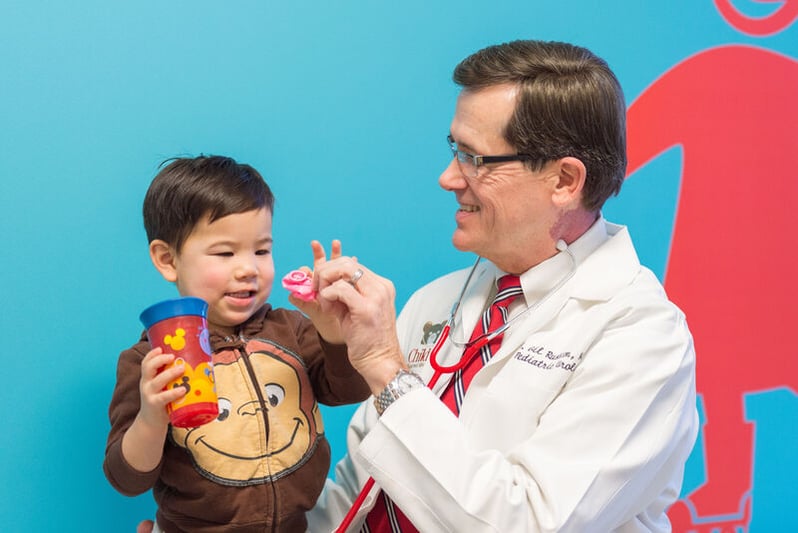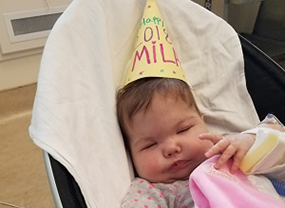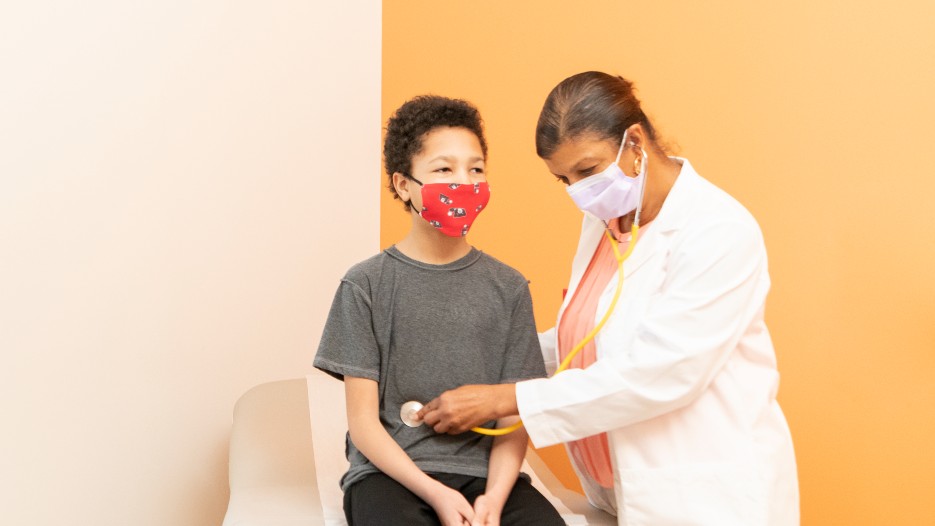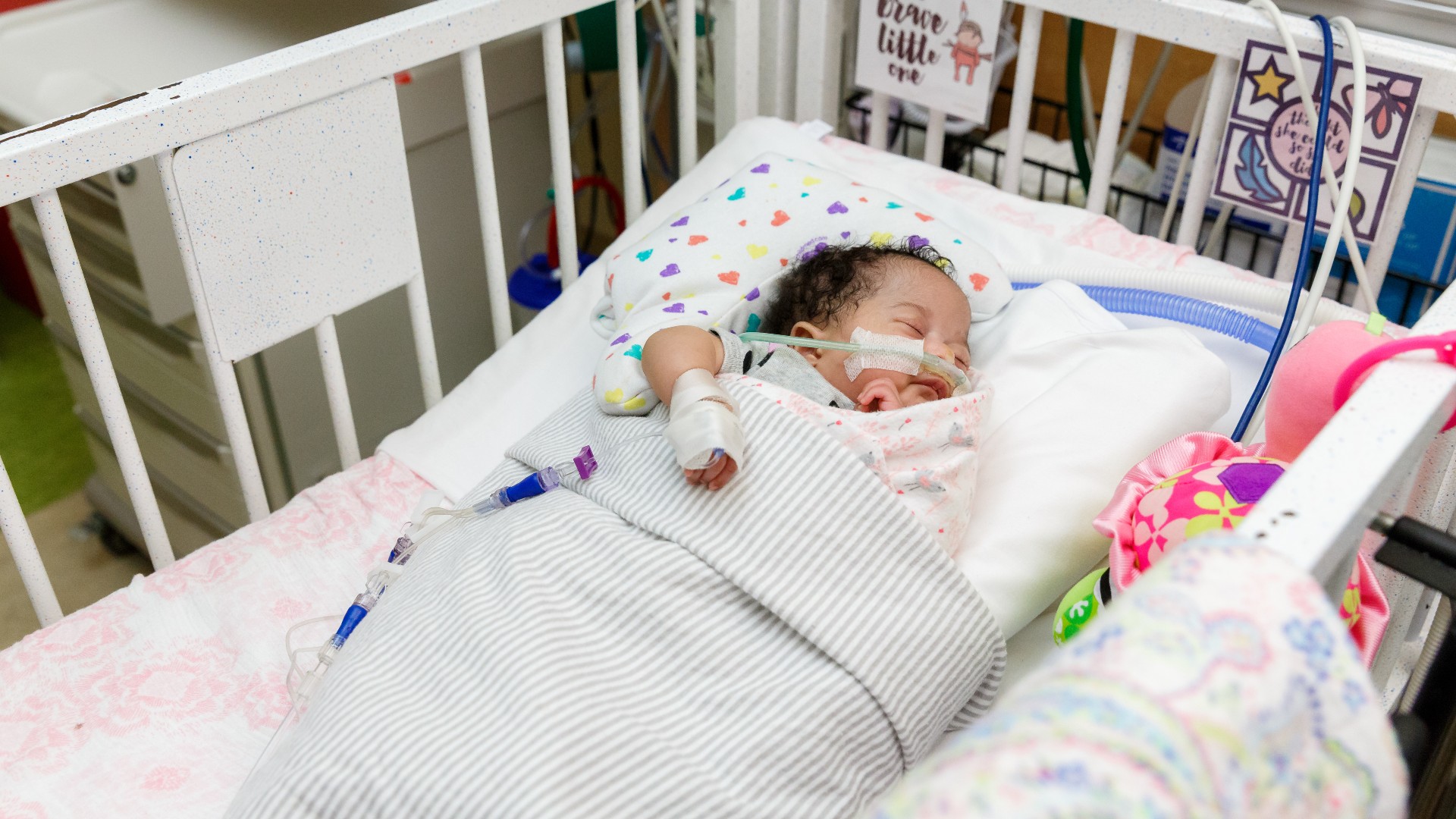Condition
Pediatric Posterior Urethral Valve
Key Points About Posterior Urethral Valves in Children
- Posterior urethral valves are a problem with the urethra in a boy. The urethra is the tube that drains urine from the bladder to the outside of the body.
- These valves are small leaflets of tissue in the urethra. They partly block urine flow because not enough urine can get through them to leave the body. This causes a reverse flow of urine.
- These valves can harm the urethra, bladder, ureters and kidneys. They become too full of urine and swell. This leads to tissue damage.
- These valves likely happen early in the growth of a baby boy in the uterus.
- They are often diagnosed by fetal ultrasound while a woman is still pregnant.
- Treatment may include removing the valves with surgery.
Frequently Asked Questions
What are posterior urethral valves in children?
What causes posterior urethral valves in a child?
What are the symptoms of posterior urethral valves in a child?
How are posterior urethral valves diagnosed in a child?
How are posterior urethral valves treated in a child?
What are possible complications of posterior urethral valves in a child?
When should I call my child’s healthcare provider?

Urology Treatment at Children's National Hospital
The Division of Urology at Children's National Hospital offers expert care and advanced diagnostic testing in a family-centered environment. Discover more about the treatment we offer.

Providers Who Treat Posterior Urethral Valve
 Aasha's Rare Gift Will Help Other Babies Grow up Healthy
Aasha's Rare Gift Will Help Other Babies Grow up HealthyTesting the descrption field
Departments that Treat Posterior Urethral Valve

Prenatal Pediatrics Institute
The Prenatal Pediatrics Institute at Children’s National Hospital in Washington, D.C., provides specialized care for babies during pregnancy, delivery and after birth.

















